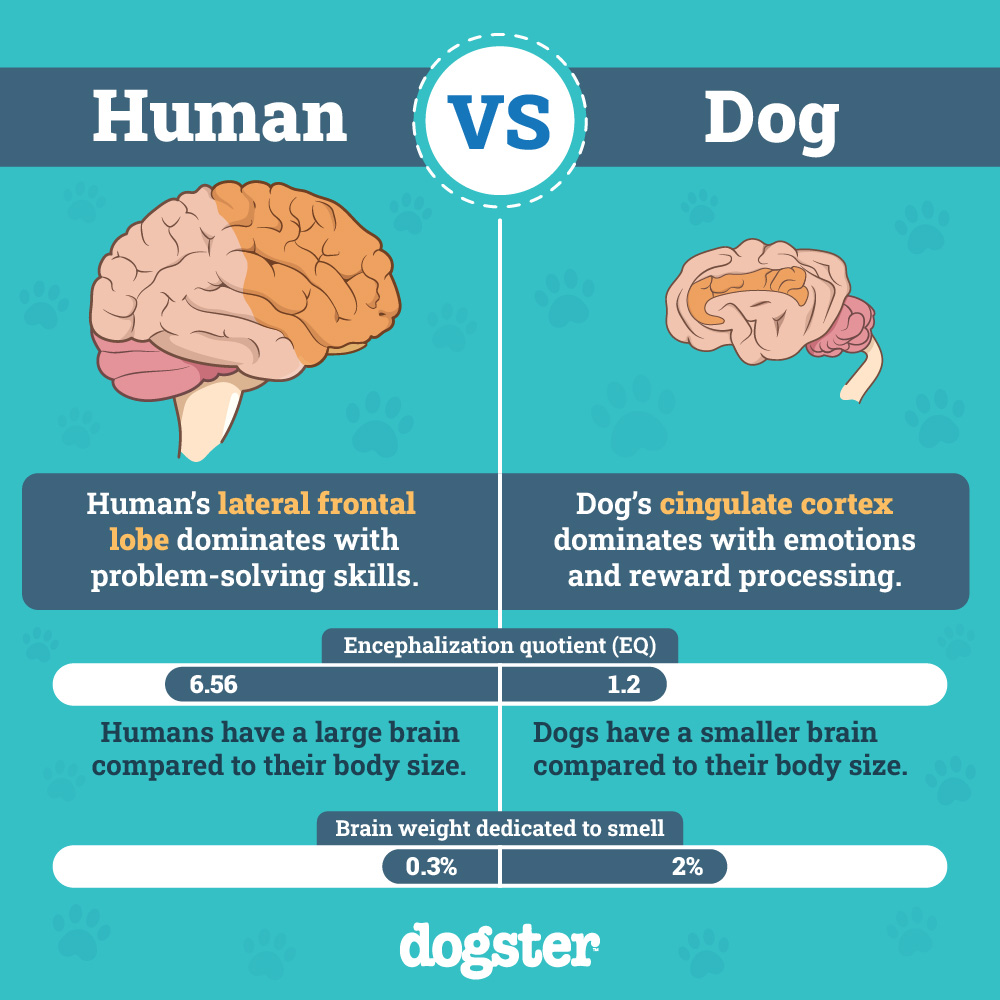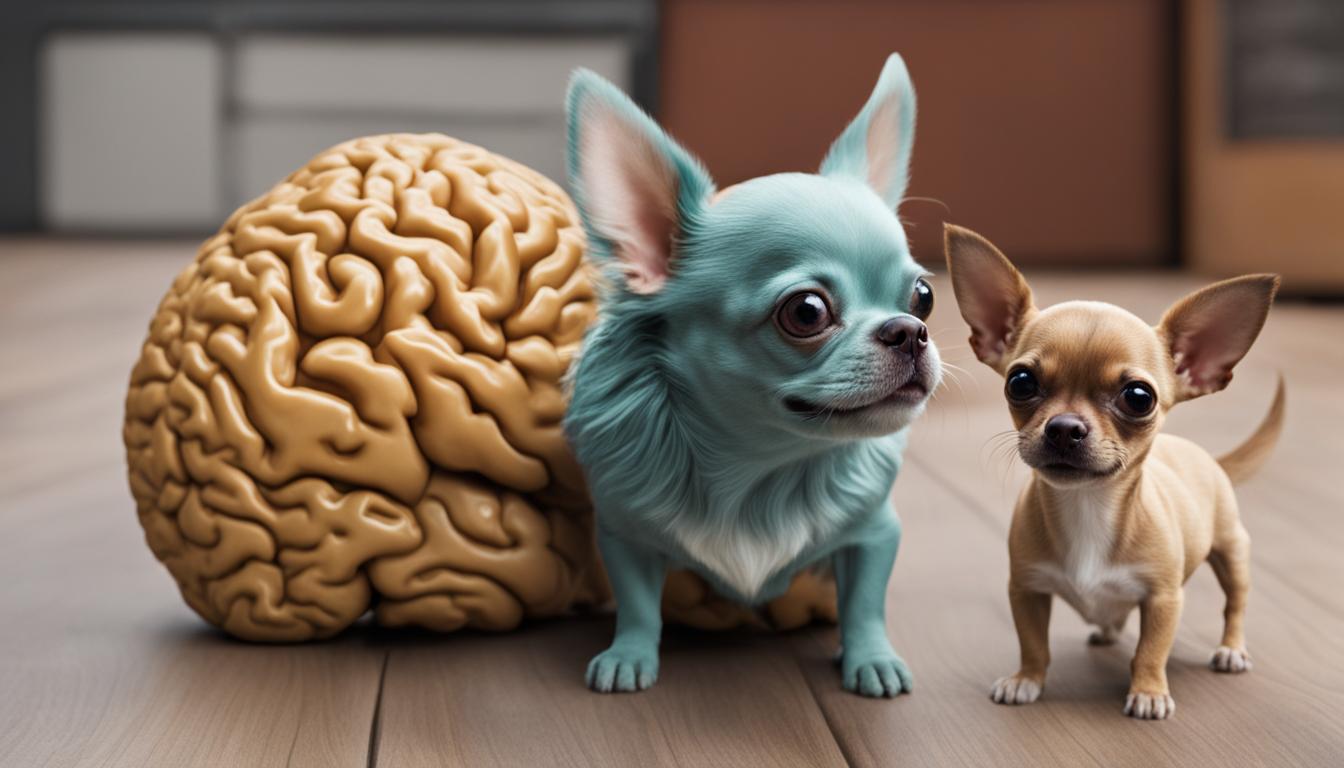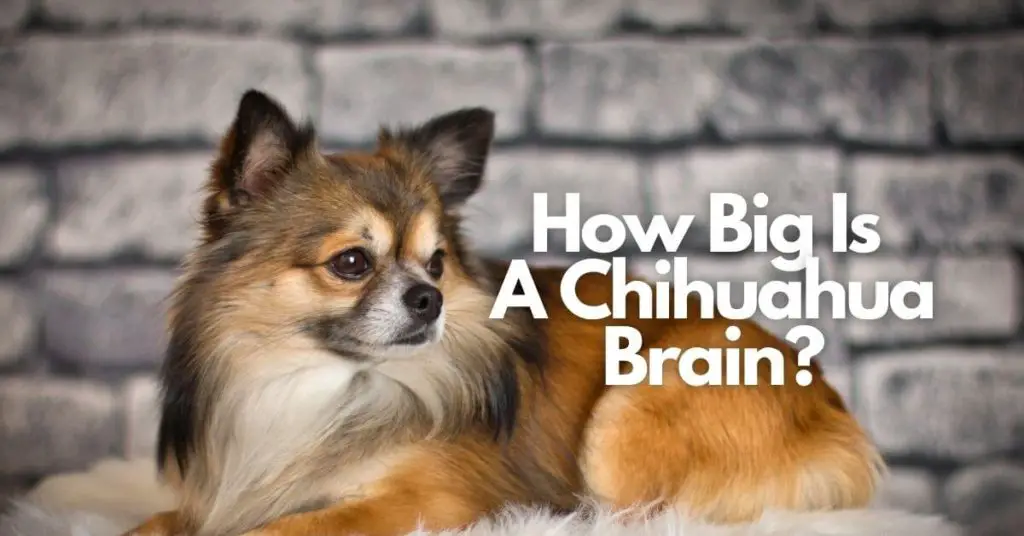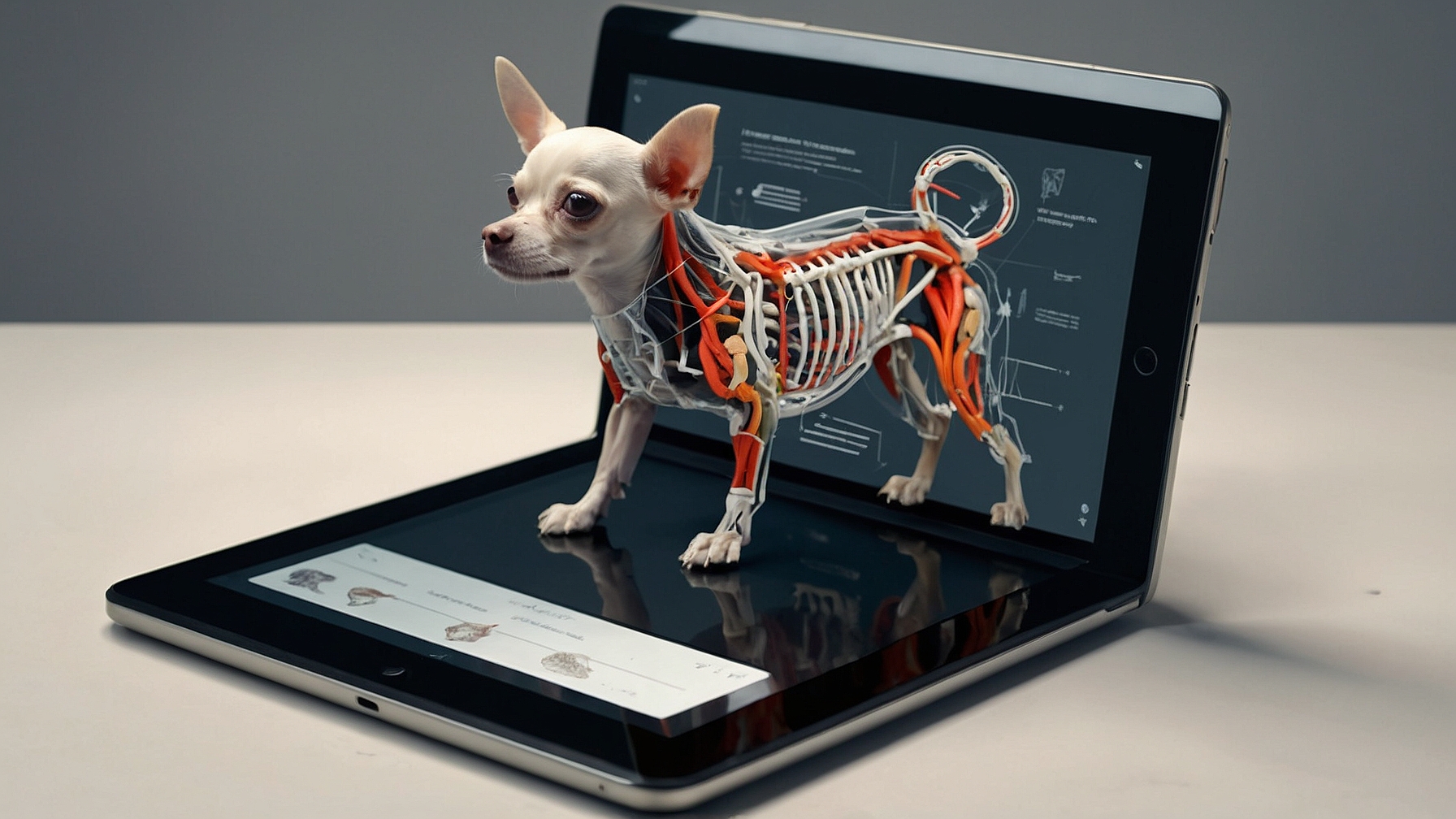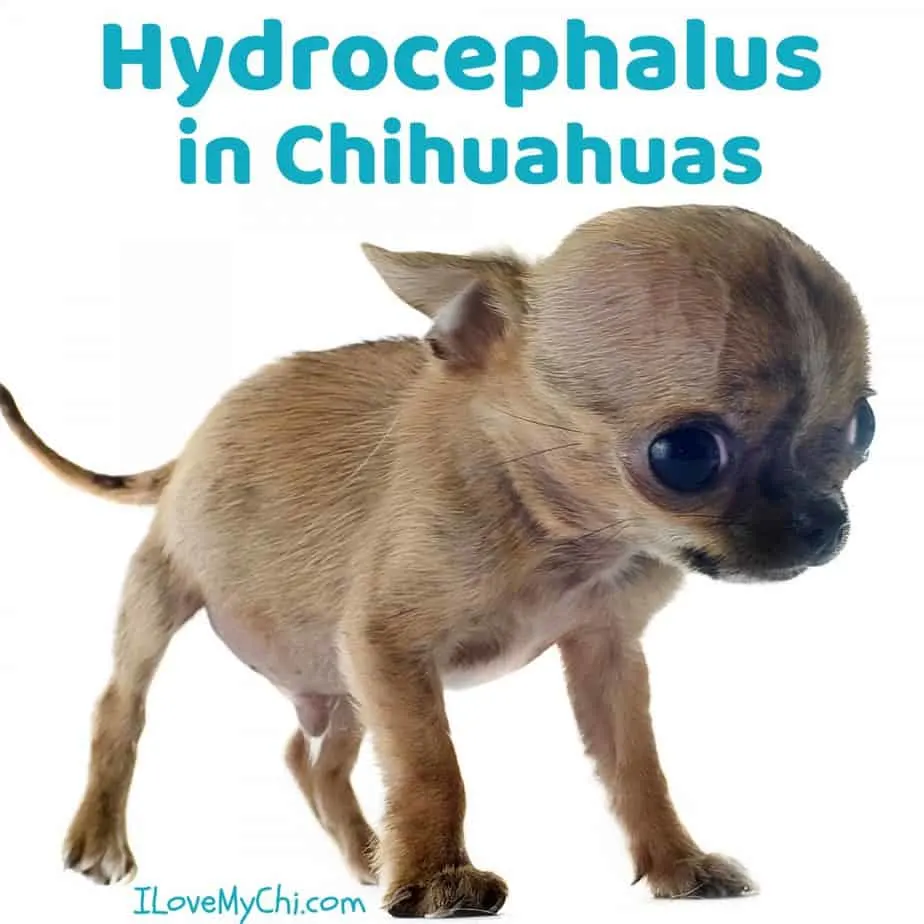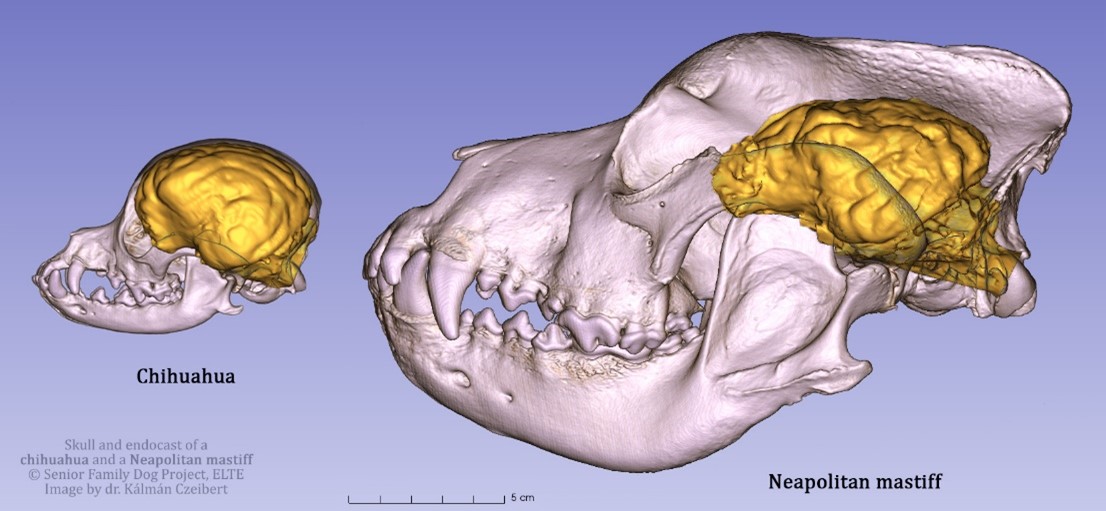How Big Is A Chihuahua's Brain

The size of a Chihuahua's brain has long been a topic of fascination and, often, misinformed jest. While the breed's small stature is undeniable, the implications of that size on its cognitive abilities and overall health are complex and far from fully understood. Exploring this miniature marvel unveils intriguing insights into brain evolution, breed-specific health concerns, and the surprising capabilities packed within a tiny skull.
This article delves into the specifics of Chihuahua brain size, examining scientific research, veterinary perspectives, and potential health ramifications. It seeks to provide a comprehensive, fact-driven understanding, separating scientific reality from popular myths. We will uncover what research suggests about cognitive functions within such a small brain, and how it compares to other dog breeds.
The Science Behind the Size
Determining the precise brain size of a Chihuahua is challenging. Direct measurements, like those obtained during necropsies, are rare and can vary greatly among individuals. Brain size is usually considered as a proportion of body size, not as an absolute measurement.
One common method of estimation is using the encephalization quotient (EQ). EQ is a relative brain size measure that accounts for body size. This is a more useful comparison because the brain size of a large dog is naturally larger than that of a smaller dog.
Dogs, in general, have a higher EQ than many other mammals, indicating relatively large brains for their body size. However, even within dog breeds, there's significant variation in EQ. Studies suggest that brachycephalic breeds, like Bulldogs and Pugs, sometimes exhibit lower EQ values, potentially linked to skull morphology.
Chihuahua Brain Size Compared to Other Breeds
While specific EQ data for Chihuahuas is scarce, their extremely small size likely places them towards the lower end of the canine EQ spectrum. Larger breeds like German Shepherds or Golden Retrievers undeniably possess larger absolute brain volumes. But relative to their body weight, the difference may be less significant than commonly perceived.
Dr. Emily Carter, a veterinary neurologist at the American Veterinary Medical Association (AVMA), explains, "It's essential to remember that brain size isn't the sole determinant of intelligence or cognitive function. Brain structure and connectivity also play crucial roles." She emphasizes that while a Chihuahua's brain is small, it's still a highly complex and functional organ.
There is also the fact that selective breeding practices have had a huge impact on breed variety. This suggests that the selection process favors desired physical characteristics rather than intelligence.
Health Concerns and Brain Size
The small size of a Chihuahua's skull can predispose them to specific health problems related to the brain. Hydrocephalus, a condition characterized by an abnormal accumulation of cerebrospinal fluid within the brain, is more prevalent in small breeds.
The accumulation of fluid can put pressure on the brain, potentially causing neurological damage. Symptoms can include an enlarged skull, seizures, and behavioral changes. Early diagnosis and treatment are crucial for managing hydrocephalus and minimizing its impact.
Another concern is Chiari-like malformation, where the back of the skull is too small for the brain, leading to compression. It can obstruct the flow of cerebrospinal fluid. Although more common in breeds like Cavalier King Charles Spaniels, it can occur in Chihuahuas.
Debunking Myths About Chihuahua Intelligence
The small brain size of Chihuahuas has contributed to misconceptions about their intelligence and trainability. However, anecdotal evidence and behavioral studies suggest that Chihuahuas are capable of learning and problem-solving.
They may not excel in all types of training, particularly those requiring sustained focus or physical stamina. But they can be successfully trained with positive reinforcement methods and patience. Many Chihuahua owners report their dogs are highly perceptive and responsive to their owners' emotions.
Interestingly, some studies suggest that smaller dog breeds can exhibit neoteny, the retention of juvenile characteristics into adulthood. This can manifest as heightened curiosity and playfulness. This may influence their behavior and learning styles.
Future Research and Directions
Further research is needed to fully understand the relationship between brain size, cognitive abilities, and breed-specific health conditions in Chihuahuas. Advanced imaging techniques, such as MRI, could provide more detailed insights into brain structure and function.
Genetic studies could help identify genes associated with brain size and neurological disorders in small breeds. This would aid in developing preventative measures and targeted treatments.
Comparative studies examining the cognitive abilities of different dog breeds, including Chihuahuas, could shed light on the adaptive significance of brain size variations. This can clarify whether the small size is a significant disadvantage.
Dr. Ken Andrews, a specialist in companion animal neurology, noted that "Understanding the neural correlates of behavior across different breeds, including Chihuahuas, could enhance training methods and enrich the human-animal bond." He further added that, "Moving beyond simple brain size and focusing on neural network efficiency is a crucial step forward."
Conclusion
The Chihuahua's brain, while small, is a complex and fascinating organ. While its size might contribute to certain health vulnerabilities, it doesn't necessarily equate to diminished intelligence or a lesser capacity for learning and connection. Further research will undoubtedly uncover more about the intricacies of this miniature marvel and challenge existing assumptions. Ultimately, focusing on the well-being and health of each individual animal, regardless of breed or brain size, remains paramount.

